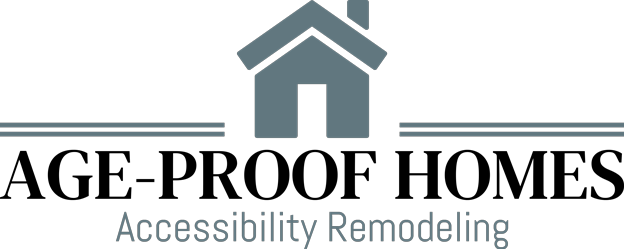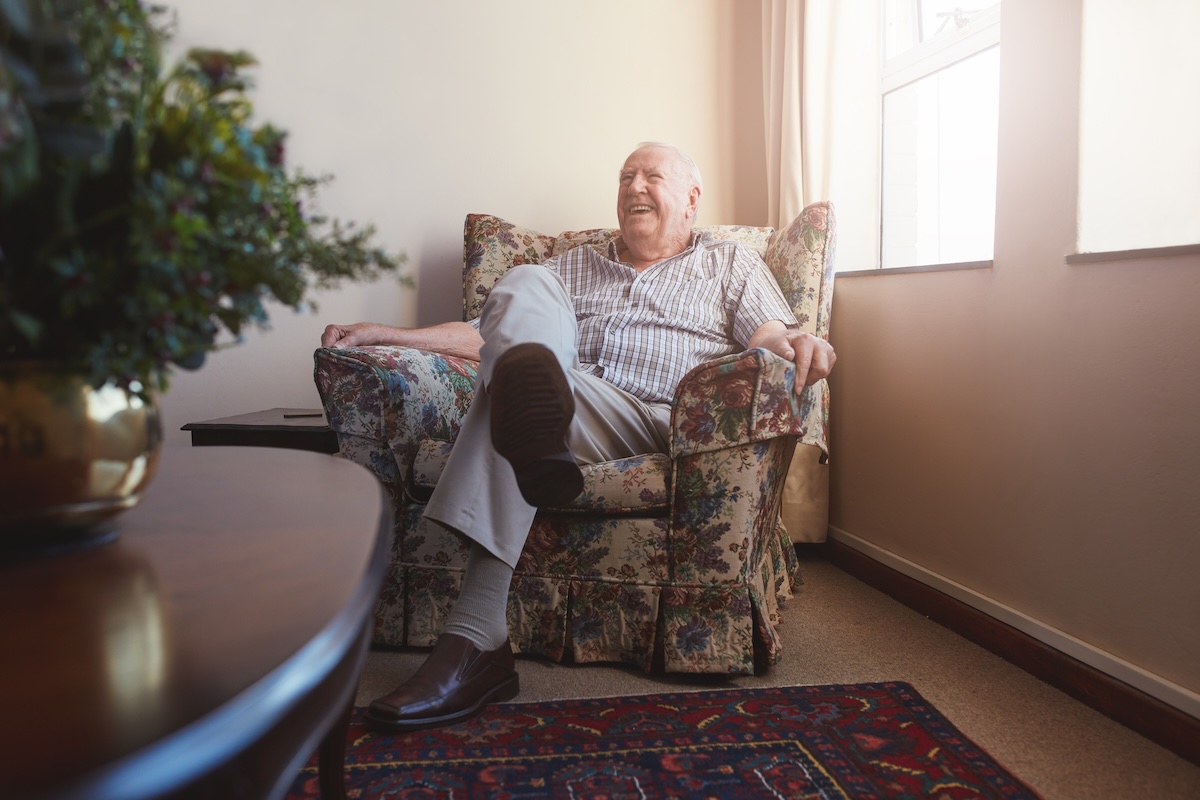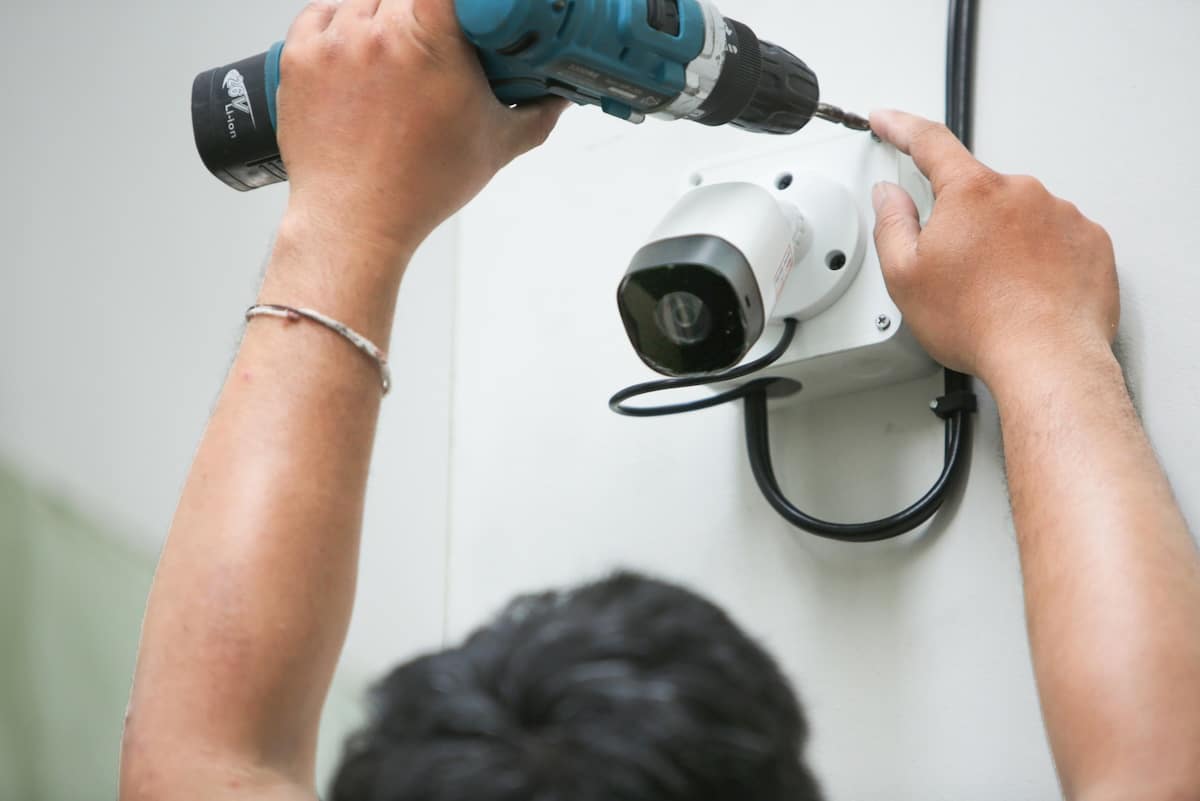As your parents grow older, their home, once a sanctuary of comfort and familiarity, might start to raise some concerns about safety. Making sure they can live safely with modifications for senior homes is our main topic in this article. The right home changes can greatly lower the chances of slips, falls, and other accidents while also improving their day-to-day living.
Whether you’re thinking about small tweaks or more extensive renovations, knowing which modifications are essential for senior homes is key to creating a safe, accessible, and cozy space. In this article, we’ll walk you through the most important changes that can help your parents stay independent, move around easily, and enjoy their home more as they age.
Essential Safety Modifications
Installing Grab Bars and Handrails
One of the most important safety upgrades for senior homes is adding grab bars and handrails. These simple additions can greatly decrease the risk of falls and offer essential support.
Grab bars should be placed in key spots like bathrooms, near toilets, and inside showers. They provide stability and help older adults when they need to rest or change positions.
Handrails are essential along staircases, both inside and outside the home, to help seniors keep their balance when going up or down steps.
Improving Lighting
Good lighting is often forgotten but is vital for home safety for seniors. Better lighting can help prevent accidents and falls by making it easier for older adults to see where they’re going. This includes using brighter light bulbs, adding night lights in hallways and bathrooms, and ensuring every part of the home is well-lit.
Lighting systems that can be controlled remotely or adjusted automatically based on the time of day can also be very helpful. These systems can turn on lights when someone enters a room, so seniors don’t have to search for light switches in the dark.
Accessible Flooring Solutions
Accessible flooring solutions are critical for enhancing safety and mobility in homes designed for aging-in-place. The National Association of Home Builders (NAHB) recommends smooth, non-slip surfaces that minimize tripping hazards and accommodate assistive devices like walkers and wheelchairs. Ideal flooring materials include luxury vinyl planks (LVP), engineered hardwood, and cork, as these provide a balance of durability, comfort, and slip resistance. For bathrooms, safety is paramount, and materials like textured porcelain tiles are excellent options due to their water resistance and non-slip properties. Additionally, low-pile or tightly woven carpets can be used strategically in other areas of the home for added comfort and noise reduction, provided they are firmly secured to prevent trip hazards. Transition strips between different flooring types should be level and flush to ensure smooth passage, aligning with universal design principles for accessible living spaces.
Key Comfort Modifications
Temperature Control Systems
Keeping the indoor temperature comfortable is important for the well-being of seniors. Temperature control systems can help ensure their comfort and safety. The ideal indoor temperatures for older adults usually range between 68°F and 74°F (20°C to 23°C), which helps prevent dehydration and respiratory issues from extreme temperatures.
Installing thermostats designed for senior living, such as the HC7376 Thermostat or smart thermostats like the Daikin One Touch Smart Thermostat, can be very useful. These thermostats are easy to use, have clear displays, and can be managed remotely by family members or caregivers, making sure the home stays at a comfortable temperature even if the senior can’t adjust it themselves.
Kitchen Modifications
Making the kitchen accessible and comfortable is essential for seniors who want to stay independent. Key changes can improve their cooking experience and independence. One important aspect is the kitchen layout; an open design with clear pathways ensures easy movement, especially for those using mobility aids like wheelchairs or walkers.
Lowering countertops to a comfortable height, usually between 28 to 34 inches, allows seniors to work comfortably whether they are sitting or standing. Installing pull-out or pull-down cutting boards, shelves, and trays can also provide extra workspace when needed.
Using cabinets with pull-out or pull-down shelves and D-shaped or C-shaped handles makes it easier for seniors to reach kitchen items without straining.
Bathroom Upgrades
Upgrading the bathroom is essential for making it more comfortable and safe for seniors. Installing lever faucets instead of traditional twist faucets makes it easier to turn water on and off, reducing strain on joints. A sprayer attachment for the shower head allows seniors to bathe while seated, eliminating the need to stand for long periods.
Raising the height of the toilet by using a thick toilet seat or replacing it with a “Comfort Height” toilet can greatly improve accessibility. Curbless showers and walk-in bathtubs are also excellent choices, as they remove the need to step up or over, making it easier for seniors to move from a wheelchair to the shower or bathtub. These changes not only improve comfort but also lower the risk of falls and injuries.
Technological Enhancements for Better Living
Home Automation
Home automation can greatly improve the living experience for seniors. This technology is designed to help older adults stay safe and comfortable in their own homes.
Home automation systems can combine various aspects of home management, such as lighting, temperature, and security, into one easy-to-use interface. For example, integrated health systems can include sensors and devices that collect data to help monitor health and recognize potential risks. Wireless technology can connect portable devices and store information in a household health database, providing useful insights into the senior’s health and well-being.
Assistive devices, like the temi V3 Robot, can also help bridge the gap between healthcare providers and seniors, allowing for remote support and engagement. These robots can assist with daily tasks, health management, and even provide activities to enhance the senior’s quality of life.
Emergency Response Systems
Emergency Response Systems (ERS) are important technological upgrades that let seniors quickly call for help in an emergency. Systems like the Personal Emergency Response System (PERS) from Comfort Keepers allow seniors to request assistance with the push of a button on a pendant, wristband, or console. This system connects the senior to a 24-hour monitoring station where professionals can evaluate the situation and send emergency services if needed.
Advanced PERS systems also include GPS technology, which is especially useful for active seniors or those with conditions like Alzheimer’s or dementia, as it helps locate them if they become lost.
Enhanced Security Measures
Enhanced security measures are essential for keeping seniors safe in their own homes. Installing strong, secure locks on all doors and windows is a basic step.
Deadbolts and keyless entry systems can be particularly useful, as they eliminate the need to handle keys and add an extra layer of security. Video doorbells and peepholes are also effective tools, allowing seniors to see and communicate with visitors without opening the door. These devices often include motion detection and recording features, which can discourage potential intruders and provide important evidence in case of suspicious activity.
Additionally, smart home security systems can work with other home automation features, ensuring the home stays secure and monitored at all times. These systems can alert family members or caregivers to any unusual activity, offering added protection and peace of mind for both the senior and their loved ones.
Conclusion
In summary, making changes to your parents’ home to meet their aging needs is a thoughtful and proactive way to ensure their safety, comfort, and independence. Focus on essential safety upgrades like installing grab bars, improving lighting, and choosing accessible flooring solutions. Comfort improvements such as temperature control systems, kitchen modifications, and bathroom upgrades can greatly enhance their daily living experience.
Technological advancements, including home automation and emergency response systems, can add extra layers of safety and support. By taking these steps, you can help your parents live in their home with dignity and comfort. Start planning now for your senior home modifications, and make gradual changes to ensure a smooth transition and a better quality of life for your loved ones.



